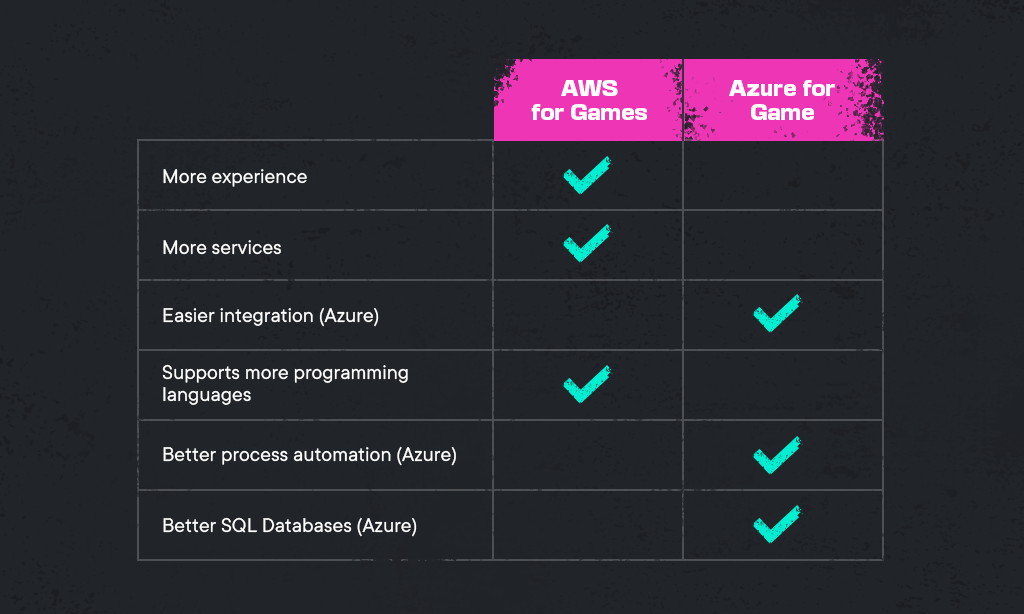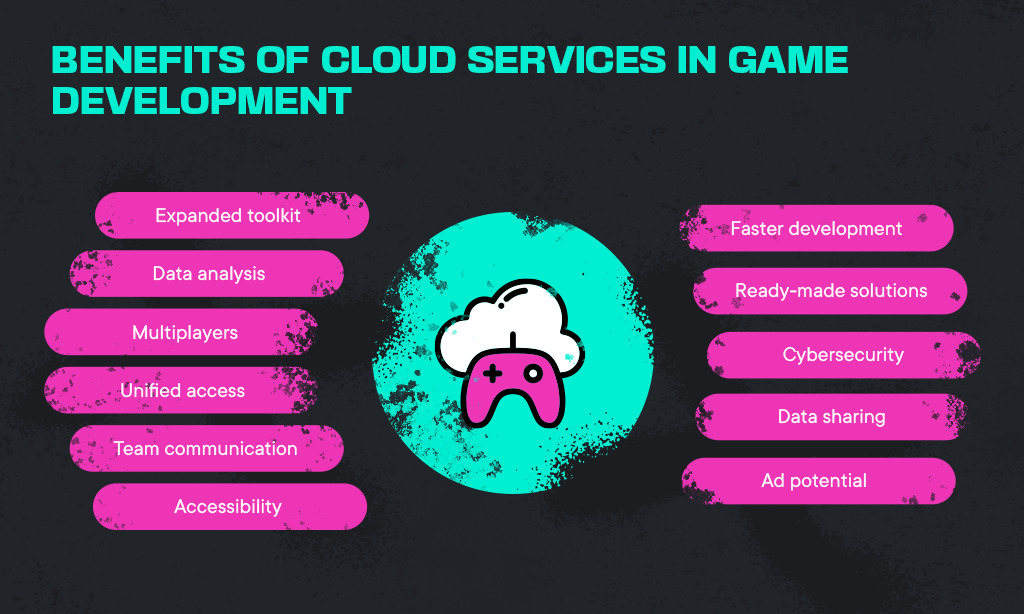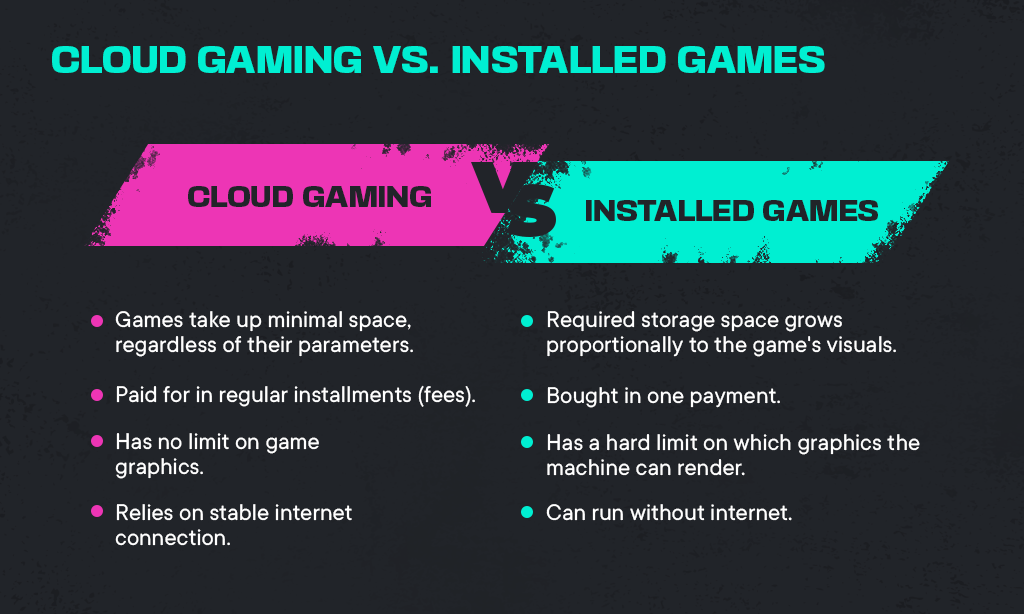TL;DR: Gamedev studios can use cloud technology to move parts of their development to cloud, granting their engineers access to tools, services and virtual machines that are way more powerful and elaborate than what most companies have at their disposal locally. AWS and Azure are the most popular cloud platforms for game development. Their cloud arsenal is equally fit to create regular installable games, and to delve into the new genre of cloud gaming, with streamable games that are not only made, but also played via cloud.
Having your head in the cloud is very different from having your head in the game… Or is it? Cloud technology affects and changes every industry that relies on digitalization, and game development is no exception. What started as partial utilization of cloud elements, has grown into the ability of studios to develop, host and stream their entire games via cloud platforms. Follow this journey with us and see how cloud can either spice up your gamedev workflow or become its main driving force.


